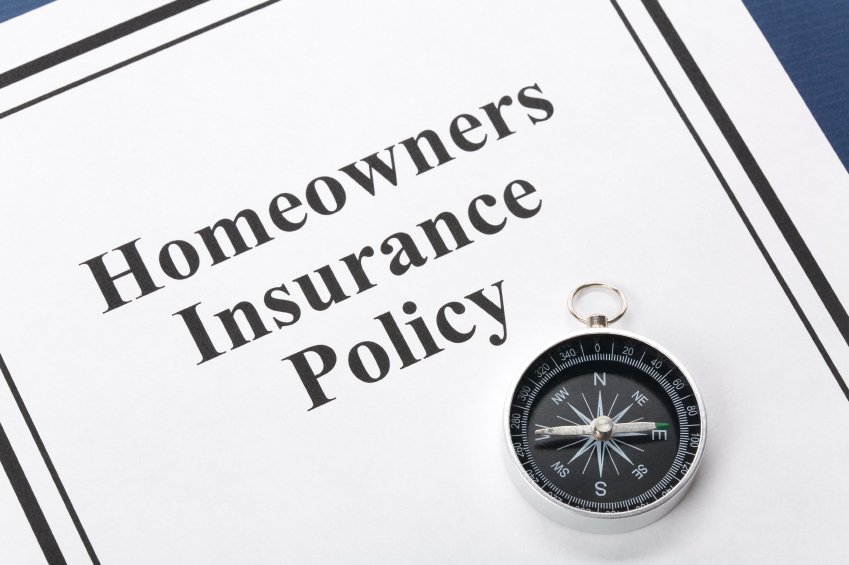
We speak with thousands of potential Florida homebuyers every month, and one topic that’s always on their minds, especially as they get closer to moving in, is homeowners insurance.
Here are a few common misconceptions we hear from people about Florida homeowners insurance.
Misconception #1: Home Price Is What Determines Insurance Rates
A lot of Florida homebuyers think that the only thing that influences the amount they’ll pay for homeowners insurance is the price of their house.
This is simply not true.
While your home’s value is a factor, insurance companies also take into account several other factors including where the house is situated, when and how it was built, how you plan to use it (living there full or part-time, renting it out, etc.), and more.
Most of our buyers find that their homeowners insurance rates are lower than they planned because the insurance company takes into account the fact that their home was recently constructed, and built to meet or exceed the latest building codes and standards.
The lesson here for homebuyers is don’t let the idea of paying a little more for new construction scare you. We’ve talked here before about the cost savings you can realize on things like energy efficiency, but buying a new home will also help you save on homeowners insurance.
Misconception #2: Homebuyers Should Get As Much Insurance As They Can Afford
Some new homeowners want to go to such lengths to protect their new investment that they will try to insure it for over and above what it is actually worth.
Their “logic” here usually has to do with protecting themselves against rising prices and construction costs, but this is just like pouring money down the drain.
A good insurance agent will steer you clear of making this mistake, but a bad insurance agent will happily collect the higher premiums and commissions.
What should you do?
Well first off, you probably don’t even need to insure it for the price you paid. Assuming you purchased your home as a house/lot package like we sell them in most of our Florida communities, part of the value is in the lot that the home is sitting on.
So you should deduct the value of the lot itself from the total price you paid for the home. Your sales associate might be able to give you a rough estimate of what your lot is worth, but a better bet is to check with a local real estate appraiser.
From there, you want to multiply the total square footage of your new home by the local building costs per square foot. To find out construction costs in your community, call your local real estate agent, builders association or insurance agent.
After completing this exercise, those who are still concerned about their coverage not being enough to cover the costs of rebuilding should consider “Guaranteed” or “Extended” replacement cost coverage policies.
An extended replacement cost policy will pay an extra 20 percent or more above the limits of your policy, (depending on the insurance company) and a guaranteed replacement cost policy will pay whatever it costs to rebuild your home as it was before it was destroyed.
So bottom line, there’s no need to over insure your new home, as long as you’ve done the work to figure out what it would cost to rebuild and hedged against the rising costs of that with an extended or guaranteed replacement type policy.
Misconception #3: Flood Insurance is Only For Homes in High Flood Risk Areas
There are two facts that most people do not know. First, flooding is the number one natural disaster in the United States; even properties not near water can be susceptible to flooding. Second, losses due to floods are not covered by your homeowner’s insurance policy.
The Federal Emergency Management Association (FEMA) puts out “flood maps” that show which areas tend to be most prone to flooding. I often hear people ask, “is the property in a flood zone?” and usually people describing homes in low-risk areas will say “no, it’s not in a flood zone.”
Well, the correct answer is that every property is in a flood zone. It’s just a matter of whether it is in a low, moderate or high-risk flood zone.
Federal law requires you to purchase flood insurance if you have a federally backed mortgage and reside in a high-risk area. But even people in low-risk areas should consider getting flood insurance. In fact, 25 to 30 percent of flood insurance claims come from low-to-moderate risk areas.
Flood insurance is relatively inexpensive, especially if your home is in a low-risk flood zone. A single-family home is limited to $250,000 coverage for structural damage and $100,000 for contents. I used to have those amounts of coverage on my home in a low-risk flood zone and my premium was just over $300 per year. For less than a dollar a day, I could sleep easy at night when the rain from the latest tropical storm was pouring down.
It was a no-brainer.
